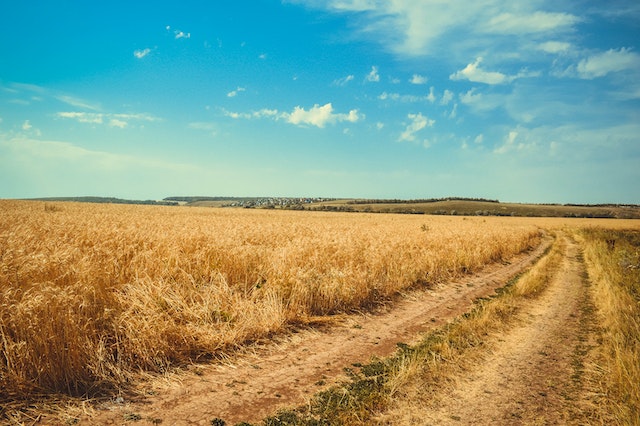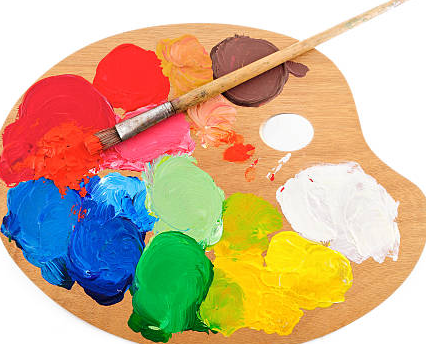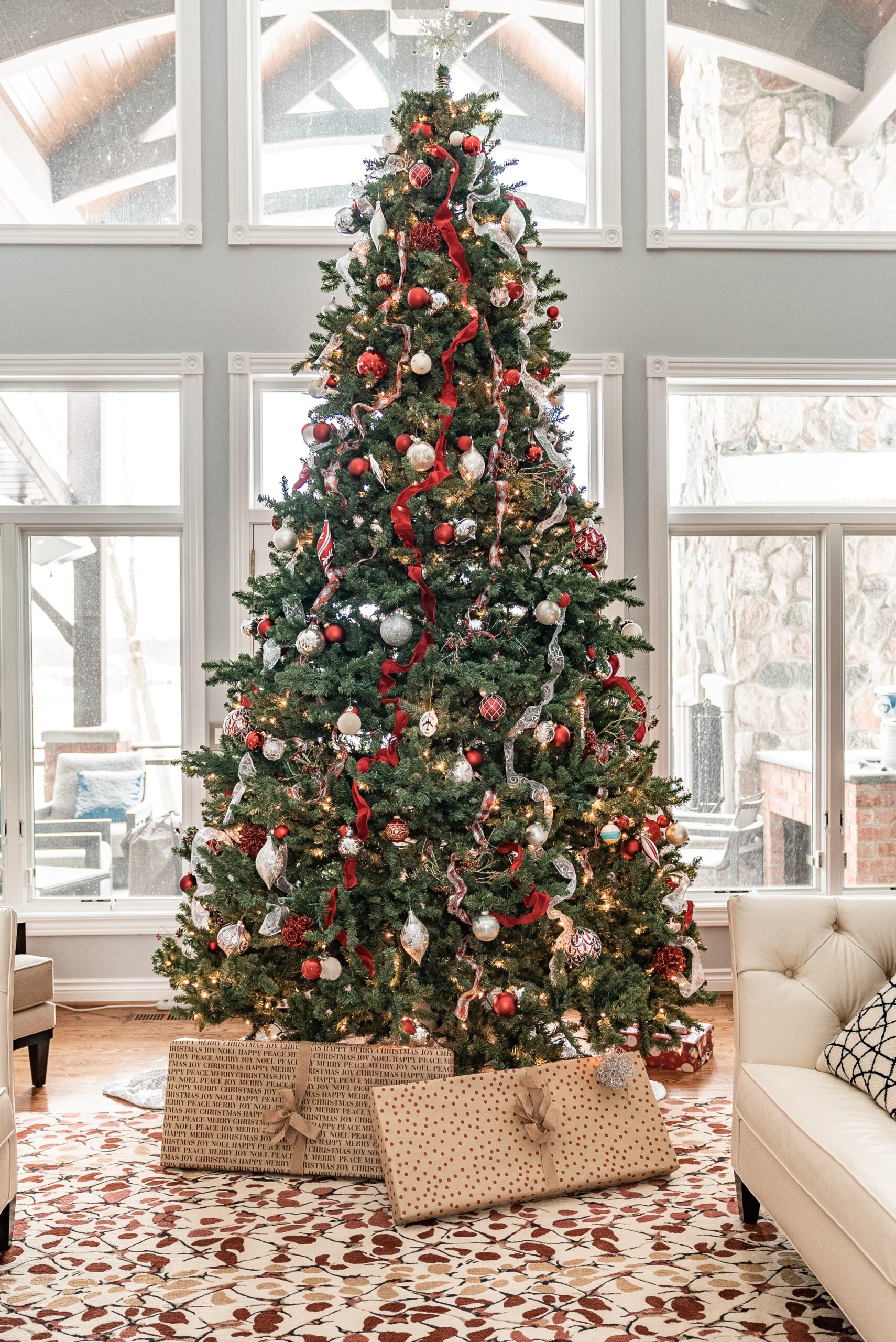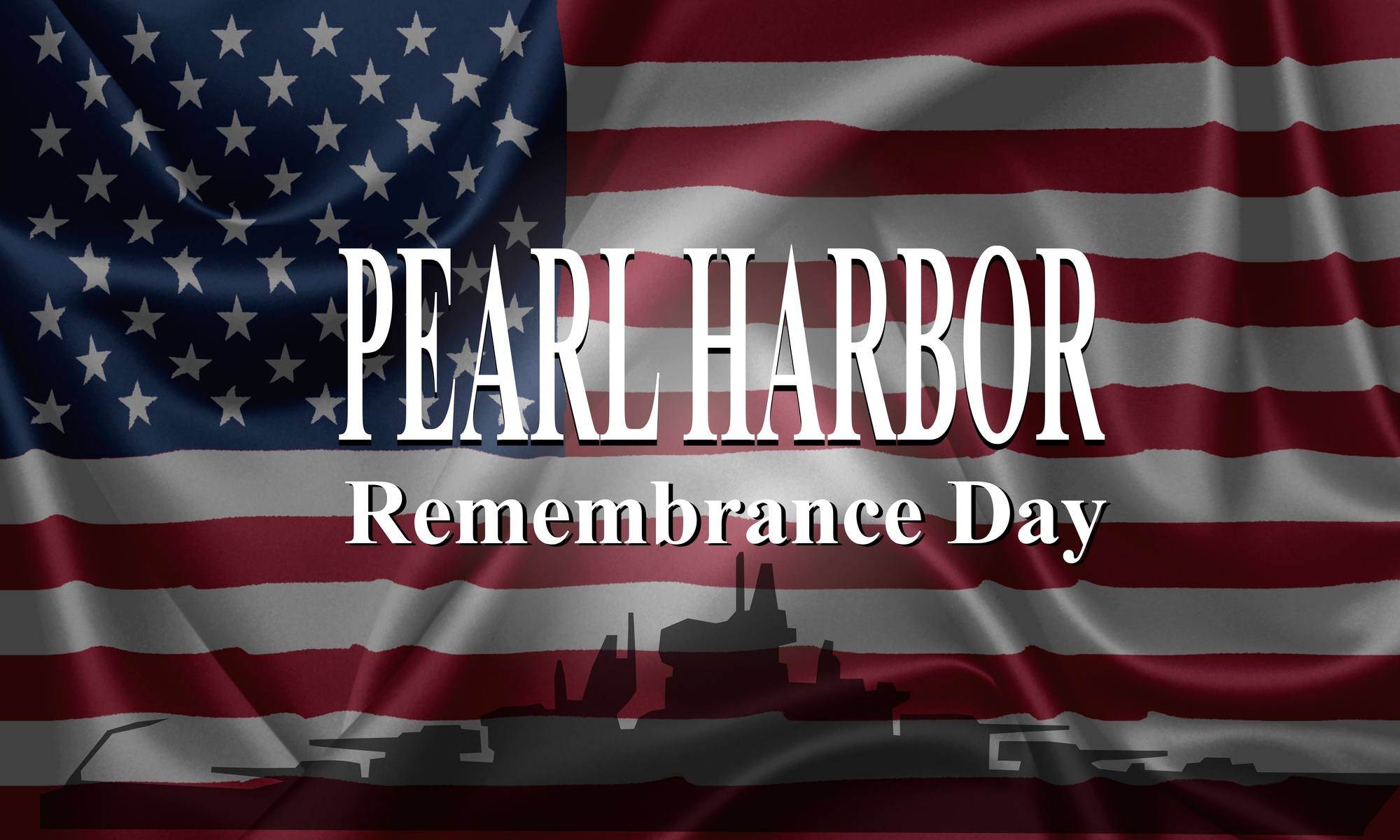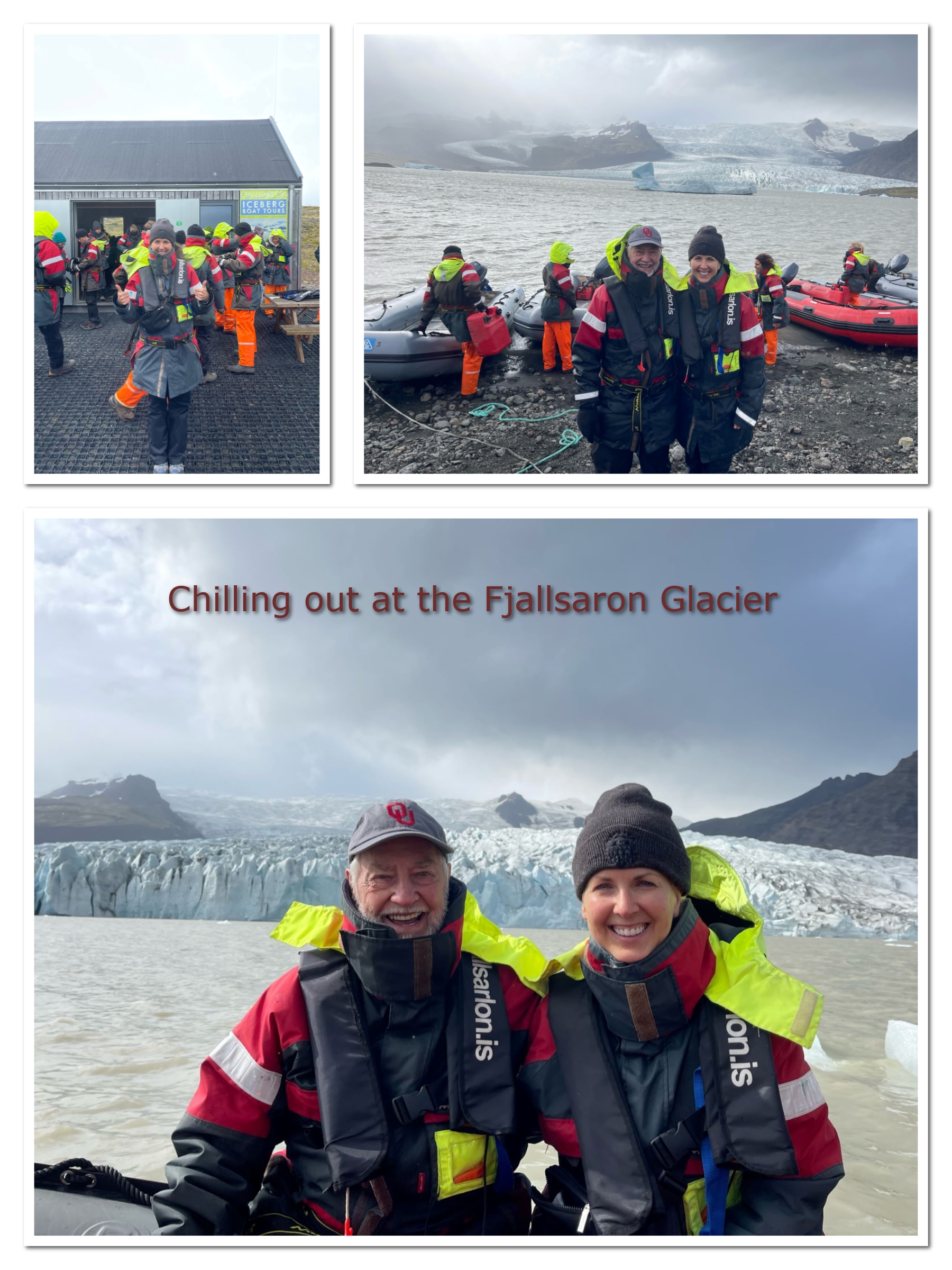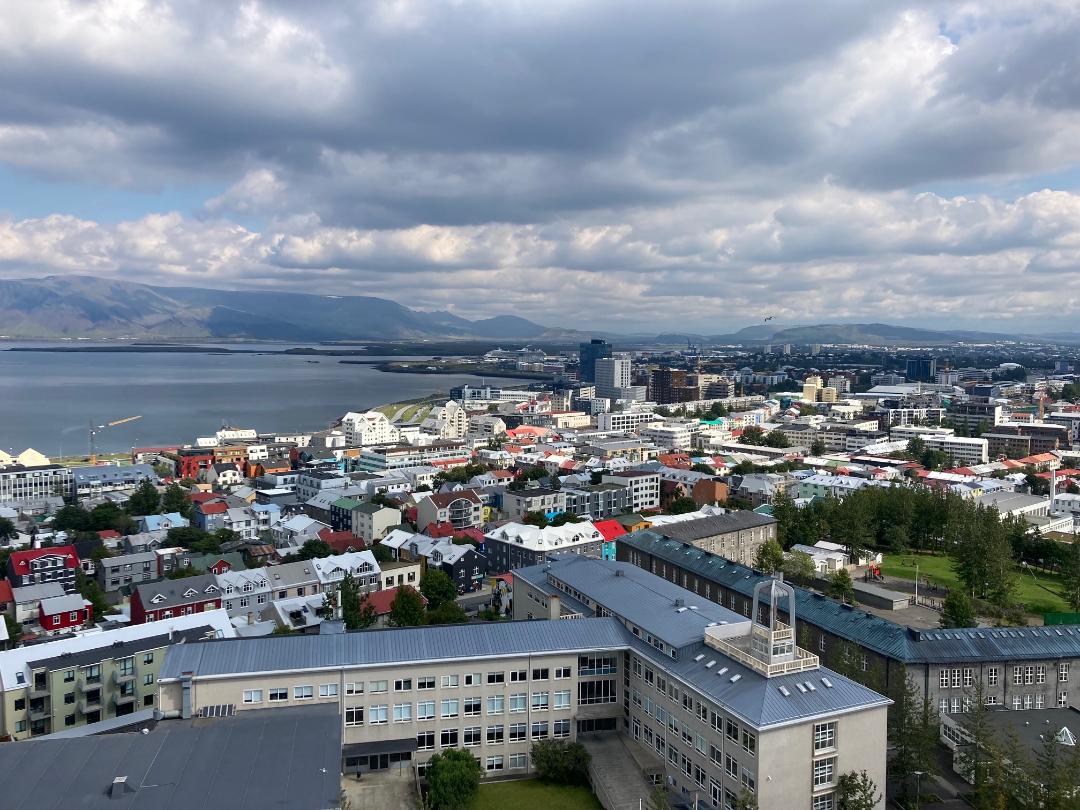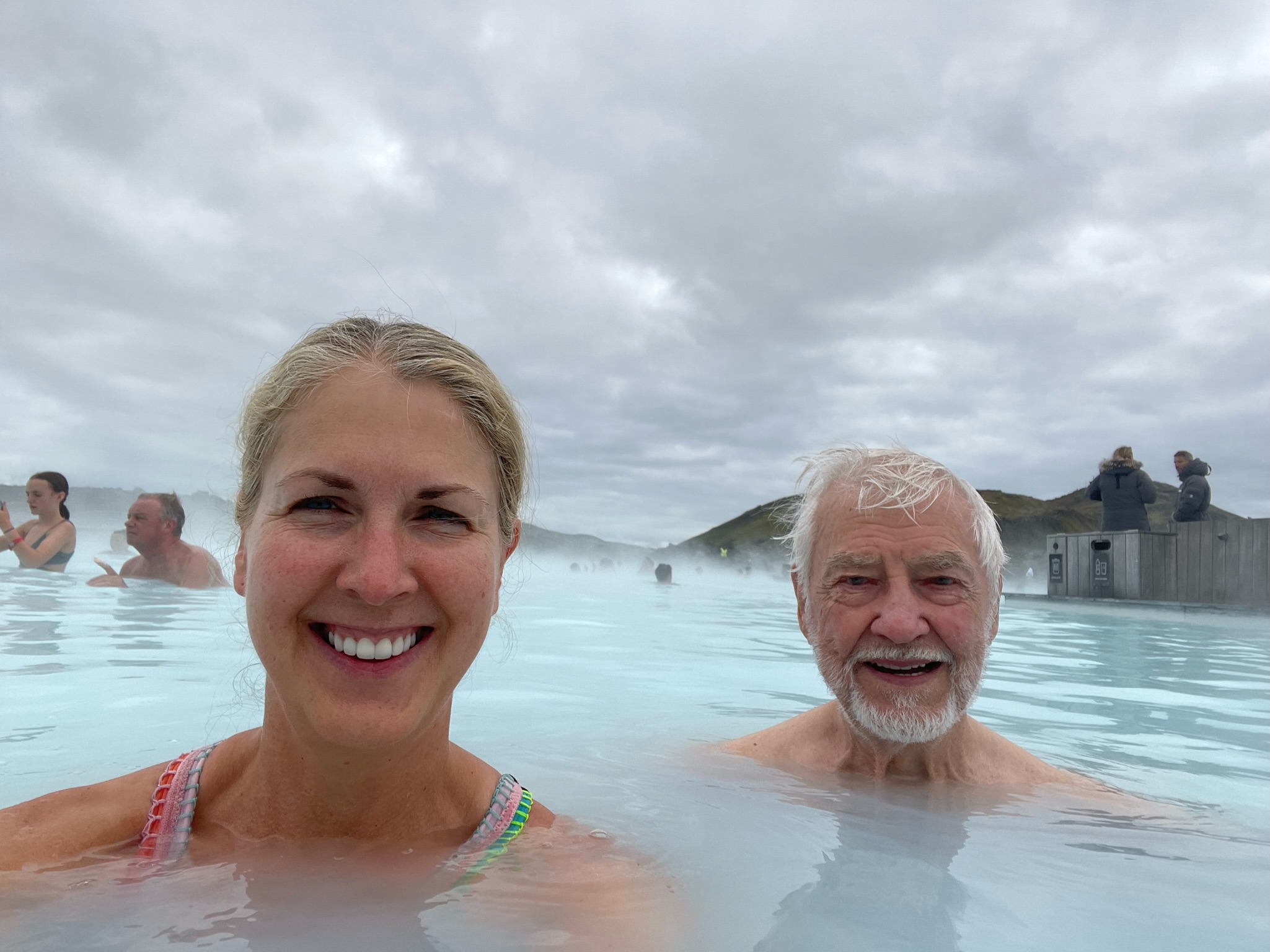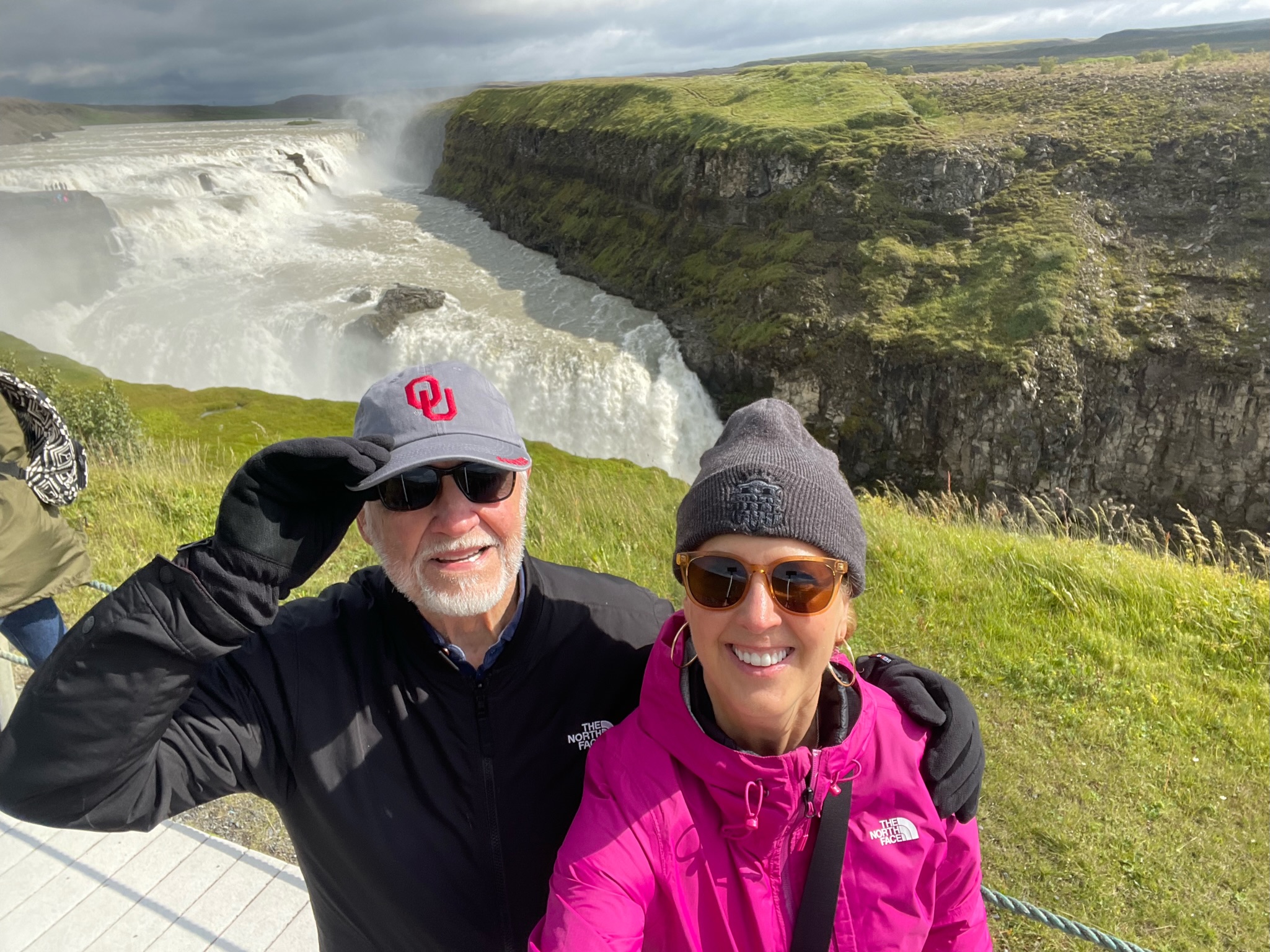What is your field of work? Apparently some individuals deem that to be an unsettling question. Let’s examine this viewpoint.
Please take a moment to consider what the word field means to you. What does it bring to mind? I asked myself that question and instantly came up with a stream of impressions: baseball field, football field, battle field, Flanders fields, Field of Dreams, amber fields of grain, and field of work. Did you come up with anything similar?
I’m curious because earlier this year (you may have seen the notice) the University of Southern California’s School of Social Work removed the term “field” from its curriculum. Why? Because it may have racist connotations related to slavery. (see here)
Huh?
This change supports anti-racist social work practice by replacing language that could be considered anti-Black or anti-immigrant in favor of inclusive language, according to a memo sent to the school’s faculty and students. Language can be powerful, and phrases such as “going into the field” or “field work” may have connotations for descendants of slavery and immigrant workers that are not benign.
Could be considered? I suppose if you have a certain mindset, and you’re adept at fatuously gathering wool, you could come up with such nonsense. When I was younger, I worked in wheat fields and oat fields, shocking grain, often sweaty, thirsty, and worn, working for zero pay on the farm where my grandfather worked as a sharecropper, yet never once have I connected that time with the word field.
What are they thinking?
Try to put yourself into the minds of those California social workers. Imagine for a moment the variety of words that could be considered anti-black and may have connotations for descendants of slavery. Make up your own list of words that might, against all logic, offend someone. Go all out. The important point here is to cut loose from reality, and to take pride in your daffy efforts.
Here’s one that came right off the top of my head. Hand. After all, slaves used them, immigrants use them (as do you and I, but no matter). And no matter that hand, just as field, has a cluster of meanings.
While doing this, you might wonder if you will be able to find others who agree with you. Loonies who indulge in this sort of thing would be laughed off the streets if they didn’t have like-minded clones with similar delusions. To illustrate that there is nothing new under the sun, I offer two comments (of several found online) from fellow social workers regarding the Southern California School’s memo.
We at the University of Minnesota Duluth are considering making a similar change, and I’d love to learn how other programs are thinking and talking about this if so. I imagine it will become a more common topic of conversations in social work and other disciplines.
Hello! We are going to be implementing changes at Ferris State University. We are currently discussing this within our leadership team and then will begin the process of rolling out the adopted changes. As you all can imagine, the amount of changes are astronomical (literally just thinking about the million places “field” shows up in our documents, and even my title is enough to blow my mind).
Uh Huh!
Imaginative zeal on the rise
This imaginative zeal to ban what zanies consider objectionable material pops up often these days. Here’s another example for you to consider.
Kansas puts clusters of three letters, along with three numbers, on its automobile license plates. The letters are randomly generated and later scanned to eliminate any that might be considered obscene, or otherwise objectionable.
Trouble popped up some time ago when a pair of imaginative eyes spotted a license displaying a combination of three letters that snapped the observer to attention. The offending letters were NGA, such a hot potato that it was sent sizzling to officials in Topeka, who in turn took swift action and ordered a good number of Kansans having plates harboring that objectionable sequence of letters to switch to another combination, warning them to return the licenses or risk being ticketed for having invalid tags.
Just across the state line, The Kansas City Star broke the news on its front page and quoted two spokespersons from Kansas’s division of vehicles, one reporting the combination of letters could be read as an abbreviation of a racial slur; the other saying “The plate combination, if read as a phrase, can be perceived to read as a racial epithet.” (That stumped me.)
The Star’s editorial board jumped in as well. The state has officially recalled 828 plates with the letters “NGA” – although they are randomly assigned letters, and appear to be a condensed version of a loathsome racial slur.
Appear to be? Is that so? Perception carries a delicate scent, some noses being unduly sensitive (or perhaps fanciful) to it. Might certain nostrils flare after a quick sniff of a license plate embossed with, say NG, or even the fainter whiff emitted from a lone letter N (which in turn alerts a conspiratorial brain: That N word!)
If this nonsense continues, our alphabet, and much more, will be in danger.
HOUSEKEEPING NOTE:
I plan to continue looking at this weird phenomenon in my next post, possibly by examining how one liberal columnist, who obviously knows the stuff above is inane, found an interesting way to write about it. (As some of you have noticed, my opinion at times diverges from current thoughts. For one example, see here.)
For those of you who have noticed my absence from this space over the past several weeks. I apologize for my tardiness. I’ve been working on other material that I hope to publish elsewhere. Beyond that, as sometimes happens to everyone, I’ve had a string of time-wasting chores that needed to be attended to.
